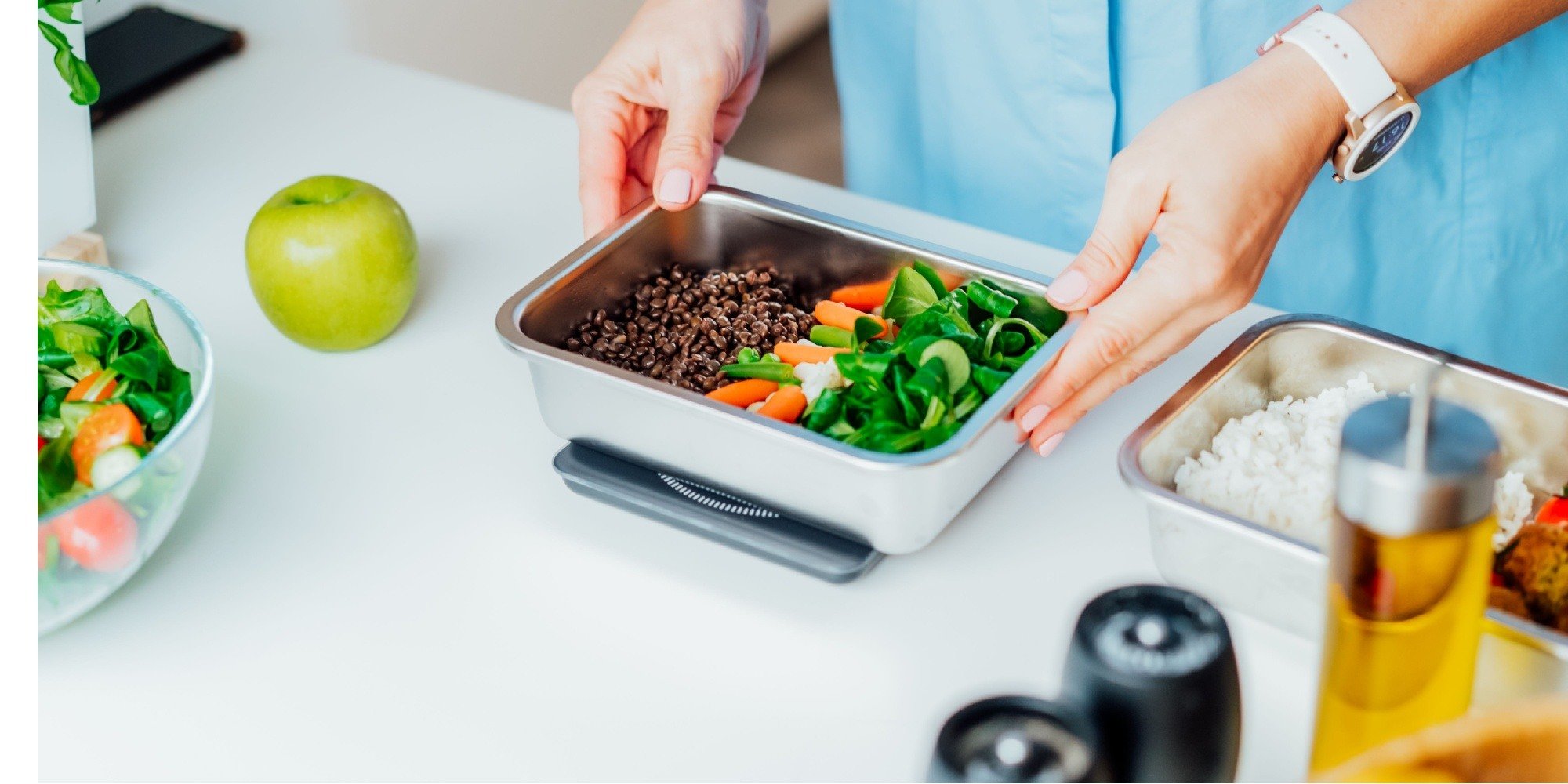Meal Prepping 101 – How to Save Time and Eat Healthier
Feb 19, 2025 mindpumpMeal prepping can be the make or break for anyone serious about eating healthier and saving time. Let’s face it: juggling work, workouts, family, and everything else life throws your way can leave you reaching for that takeout menu more often than you’d like to admit. The beauty of meal prepping is it allows you to make sure you get all of the nutrients you need to fuel your workouts and nourish your body. Here’s how to make it work for you without spending your entire Sunday in the kitchen.
Step 1: Plan It Out
What is your goal? Do you want to cut, bulk, or maintain? You need this foundation because it’ll determine how much food you need to consume. There isn’t a set amount of meals to shoot for. I always say choose the frequency that works for you. I find for myself, 4 meals works best for me. We want to make sure each meal includes protein, possibly carbs, and healthy fats. This could be meals like eggs on a multigrain brain with avocado and chia seeds on top. I find we tend to eat 80% of the same foods day to day on average, so I like to choose meal plans that are super simple and easy to prepare, and I that I don’t mind eating every day.
Once you have those meals in mind, build out the shopping list so you are not left wandering the grocery store, and end up in the snack aisle buying all your normal foods that lack protein. The perimeter is going to have your proteins, veggies, and fruits which is what will make up the bulk of your meal plan. You should only need the middle aisle for things like nut butters, oats, multigrain breads, beans, etc.
Step 2: Batch Cook
You don’t have to be a master chef for these meal plans. I know it sounds overwhelming to build a meal plan and buy all the ingredients. Again, that is why I like to stick to simple meal plans. For example, you can throw chicken breast (or ground beef), just a couple seasonings, beans, and broth into a slow cooker, and have it ready by dinner time. You can batch bake a pan of sweet potatoes or rice so you have carb sources ready to reheat anytime you need. That alone will give you a week’s worth of food with little hands-on cook time.
Step 3: Portion It Out
If you are tracking macros, you can grab your food scale and start portioning meals out into different containers for the week. If you aren’t, you can roughly eyeball it (think width and thickness of the palm of your hand for proteins, cupped hand for carbs, thumb size for fats, and a fist size for veggies or fruits). By having it all packed away for the rest of the week, you can just grab and go. No more guessing or wondering what to eat.
If you have more flexibility (for instance I work remote), I’ll store everything by proteins and carbs. As I make the meals, I’ll mix and match proteins with the carbs and fats that I have made in the fridge. This allows me to have ground beef, rice and veggies for one meal, and chicken and sweet potato for another. But I can also switch them around.
Step 4: Stick With It
The main thing to keep in mind is this is a lifestyle. Think about your initial goal – to live a healthier lifestyle. If you want a new lifestyle it has to become just that. This is why I emphasize keeping the prep realistic. Don’t force yourself to make complicated recipes, or foods you know you won’t eat. It may take some experimentation at first.
Because the proteins tend to be the same (chicken, beef, fish, eggs), I like to keep all sorts of carbohydrate sources around as it can make the same meal completely different. If you get sick of the rice and potato examples above, throw it all together into a burrito bowl. Have eggs in the morning and throw your leftovers from dinner last night in there to boost the protein intake. This will allow you to not get bored, but not have to keep going to the grocery store and get overwhelmed with trying to come up with a hundred recipes.







